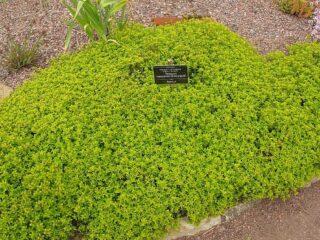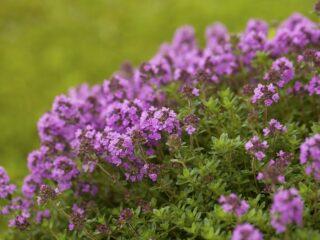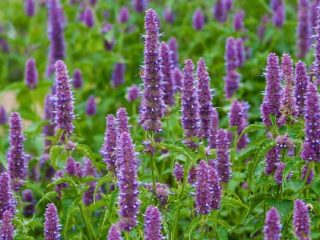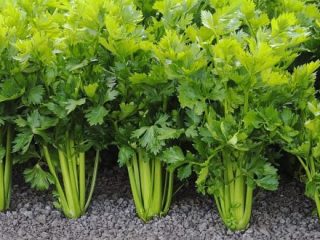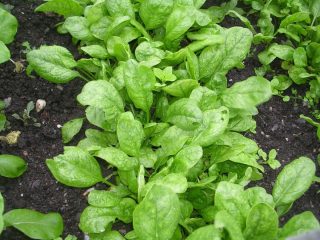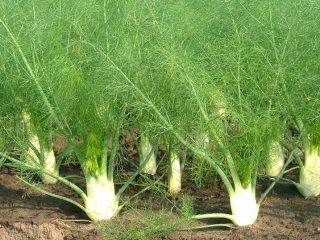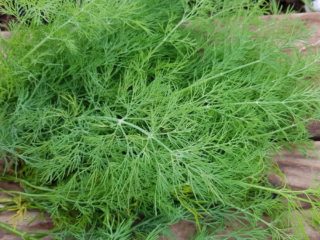Content
Often in recipes for folk remedies and culinary dishes there are names of spices such as caraway and thyme. However, not everyone understands the difference between them, and confusion arises. Indeed, the names of these plants are similar, but they differ not only in appearance, but also in taste and aromatic properties. Therefore, to avoid mistakes, you need to find out the difference between them.

Cumin and thyme cannot be visually confused
Cumin and thyme: are they the same thing or not?
Cumin and thyme are two different crops. The first belongs to the Umbrella family. Close relatives of cumin are dill, celery, anise, and fennel. The plant can be one- or two-year-old, depending on the variety. Caraway seeds are valuable, rich in essential oils, which are widely used in various fields.
Thyme is a member of the Lamiaceae family. Its close relatives are basil, mint, lemon balm, lavender, oregano, and rosemary. Thyme is a perennial crop. Young shoots of the plant are widely used, which are recommended to be cut off during the flowering period. It is at this time that they contain the maximum amount of useful components.
What is the difference between caraway and thyme?
To understand how different these crops are from each other, it is necessary to consider the features of their appearance, taste, area of application, and cultivation. You should also pay attention to the places where they grow.
Appearance
Cumin is a herbaceous plant, the height of which, depending on the type, can reach 0.3-1.5 m. It forms upright growing single smooth stems, hollow inside. In the upper part of the plant the shoots are slightly branched.
The root of caraway is fleshy and spindle-shaped. The leaves are twice or thrice pinnately dissected, with acutely linear lobes. The length of the plates is 6-20 cm and the width is 20-10 cm. Caraway flowers are small, white or pink, collected in apical umbrella inflorescences. Their diameter is 4-8 cm. The fruit of cumin is a flattened oblong pod, 3 mm long. When ripe it turns brown.
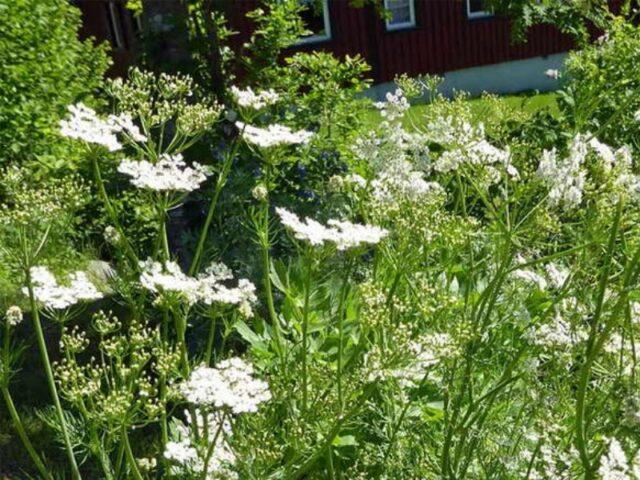
The caraway plant is similar in appearance to dill.
Thyme is a lodging perennial subshrub that forms tufts 15-20 cm high. Its shoots are thin, creeping, and easily take root when in contact with the ground. Therefore, under favorable conditions, thyme forms a thick, lush carpet on the soil surface. The leaves of the plant are small, oval-oblong, and hard. Thyme also has high decorative properties. This subshrub blooms throughout the summer. Therefore, this culture is also used in landscape design. The color of thyme flowers can be pink, lilac, violet, or white. The buds are small, collected in loose spherical apical inflorescences.Thyme fruits look like small ellipsoidal nuts no larger than 0.6 cm in size.
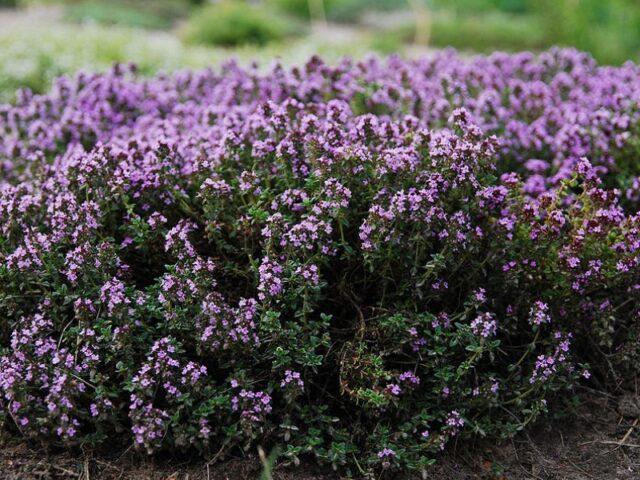
Thyme shoots become woody at the base as they mature.
Taste and aroma
Thyme has a pleasant, rich herbal aroma. The smell may vary depending on the type of plant. Particularly popular are varieties whose shoots and leaves have a distinct lemon aroma. The taste of thyme is medium-hot, slightly bitter, spicy. This plant goes perfectly with other aromatic herbs.
Cumin has a more tart taste that combines sweetness and bitterness at the same time. The smell of the fruits of this plant is reminiscent of nutmeg and black walnut. The taste and aroma of this spice develops quickly when heated. Therefore, it is recommended to add it to hot dishes at the end of cooking.
Places of growth
Thyme is found in temperate climates. In its natural habitat it grows in steppe zones. This perennial is distributed from the Scandinavian countries to the Mediterranean and from the British Isles to Eastern Siberia. Thyme prefers sandy loam soils and does not tolerate stagnant moisture. The subshrub can also be found on rocks, rocky slopes, and well-lit forest edges.
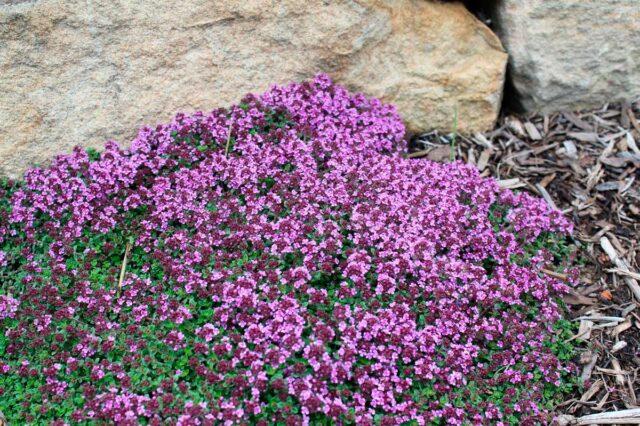
Thyme grows even on depleted soils
The steppes of the Caucasus and Crimea are considered the homeland of cumin.From where he and spice traders came to the Mediterranean, the Balkan Island, the Middle East, as well as Asia Minor and North Africa. Currently, caraway is cultivated in many European countries, sending the fruits and oil for export. For personal consumption, the plant is grown in Ukraine, Russia, the Baltic countries, and Scandinavia.
Cumin grows in gardens, forest-steppe, vegetable gardens, meadows, and forest edges. The culture is undemanding to the composition of the soil, so it can grow even on saline soils.
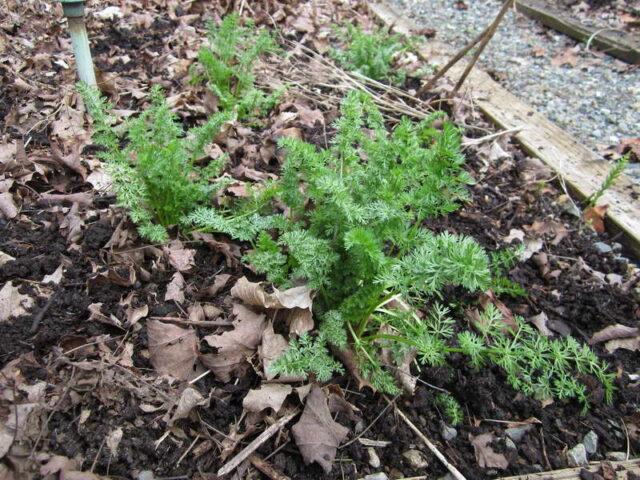
Cumin prefers a loose, moderately moist substrate
Application
Cumin and thyme have a wide range of uses. Plants are used in cooking and medicine.
Cumin is added to baked goods, sausages, cheeses, and fish. This spice is also used in cooking, distillery and confectionery production. At home, cumin is used for pickling cabbage, cucumbers, and making kvass. It is also added to soups, lamb, and sauces. The dried fruits and essential oil of the plant are used for medicinal purposes.
Thyme is added to meat, chicken, vegetable dishes, broths, sauces, mushrooms, smoked meats, and cheeses. This spice is also used in medicine.
Growing
Agricultural technology for caraway seeds is not particularly difficult even for beginner gardeners. Planting seeds can be done in open ground in spring or late autumn. The plant grows well on sandy and loamy soils rich in organic matter. At the initial stage, it requires regular weeding and watering as needed.
Throughout the entire growing season, caraway seeds need to be fertilized twice, using phosphorus-potassium mineral mixtures. The fruits ripen in July.They are collected when half of the umbrellas on the plant turn brown.
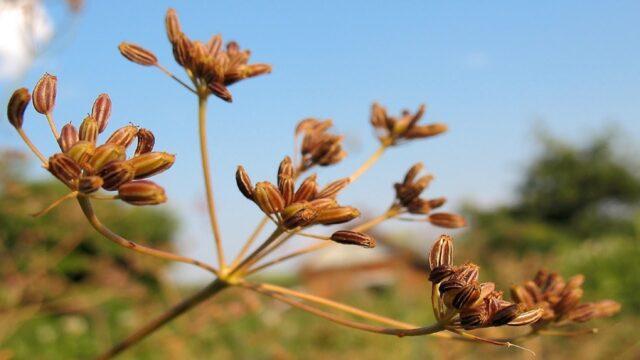
Cumin fruits do not ripen at the same time
When growing thyme, difficulties arise at the early stage of seedling development. Therefore, it is recommended to sow this crop in seedlings. For thyme you need to choose a well-lit area. It is important that the soil acidity level is low or neutral.
You can plant seedlings in a permanent place in the spring, when the ground has warmed up sufficiently. Thyme does not need frequent watering. It tolerates drought well and can die if moisture stagnates in the soil. At the initial stage of planting, you need to weed and loosen the soil at the base of the plants. It is necessary to fertilize the semi-shrub twice: in the spring - with organic matter, in the summer - with phosphorus-potassium mixtures.
Which is healthier: caraway or thyme?
Both plants have medicinal properties, but they are used to treat different diseases. Therefore, it is difficult to say which of these crops is healthier.
Thyme-based preparations are prescribed for:
- bronchial asthma;
- cold;
- whooping cough;
- cough;
- sore throat;
- laryngitis;
- gastrointestinal disorders.
In folk medicine, perennials are used to treat dermatitis, prostate adenoma, inflammation of the oral cavity, toothache and headaches, painful menstruation, and rheumatism.
Cumin helps:
- increase the flow of bile;
- relieve intestinal spasms;
- normalize the digestion process;
- improve lactation;
- with flatulence, atony.
In folk medicine, this plant is used as a laxative, and also to treat bronchitis, headaches, insomnia, and pneumonia.
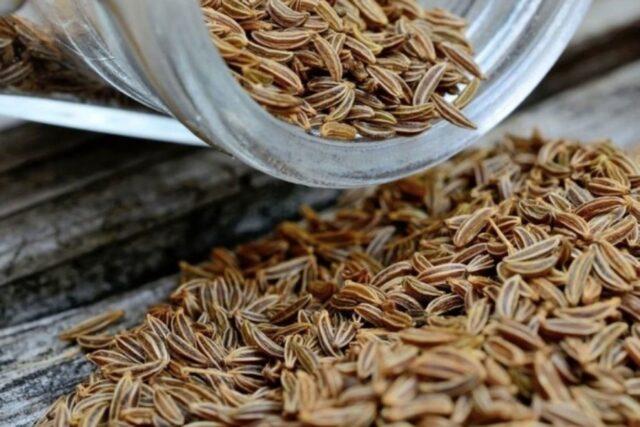
Cumin is included in many choleretic preparations
Similarities of herbs
Both plants are excellent honey plants. Also, caraway and thyme belong to the category of undemanding crops, so even a novice gardener can cope with their cultivation. The similarity lies in the fact that both cultures are widely used in cooking and have healing properties. Otherwise they are completely different.
Conclusion
Cumin and thyme are herbs that are in great demand. But when choosing a seasoning, you need to focus not only on the name, but also on the features of its use. After all, caraway seeds and thyme go well with different dishes. In this case, it is better to use the first one in crushed form, and it is not recommended to grind the fruits of the second one, since in this case they quickly lose their taste and aroma.
